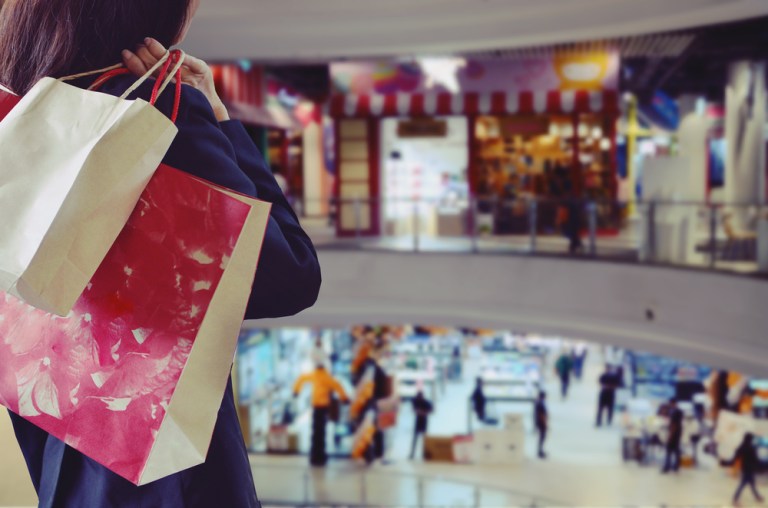Why Small Malls Are Winning

The old-fashioned mall, the one that sits as both center of commerce and center of social life, may have staying power.
The Washington Post reported that in at least one microcosm as case study, the Pueblo Mall, located 100 miles south of Denver, shows how a mall can become a “social hub” and local employer, a place where, as Steve Francis, one resident of a far-flung town connected to the mall by dint of distance, said that “any time I get out of town to go to the mall and maybe to Sam’s Club, I guarantee that within an hour or so, I’m going to run into someone I know. You take your family, your neighbors, and you make a day of it. The Pueblo Mall isn’t just the only game in town two hours away; it’s the only game in town for three counties.”
Thus, the old adage of location, location, location is borne out again, this time in the battle between bricks-and-mortar and Amazon. The Post stated that even as Macy’s and Walmart and other marquee names in retail are shuttering stores in suburbia, some smaller malls are transforming.
As quoted in the article, Amy Raskin, chief investment officer at Chevy Chase Trust, told the Post that “with department store closings, many malls will have to get creative with how they utilize space.” Those utilization shifts have seen malls find value in shifting empty retail space into multi-family residential units, and elsewhere, rural malls have embraced larger tenants, including Walmart.
Pueblo’s status as a magnet for people from miles around is borne out by traffic that has gone up by 3 to 5 percent in the last year, as measured by sales data. The mall has also attracted tenants such as Bath and Body Works, as the mall has become a new “town square,” finding, for example, enthusiastic visitors, including kids’ sports teams from surrounding areas, sometimes dozens of miles away.
The key? Go local, as California-based Piedmont Avenue Consulting’s David Mitroff told the Post, as regional malls can compete by featuring “barber shops, gyms, local stores and other things you can’t just buy on Amazon. Or you can go see what they have. You can touch it.”
Another impetus to shop local, and tangibly, comes from a sense of civic pride, said the Post, with Mitroff positing that the sense of buying American might boost traffic and sales at regional malls. “It reinforces ‘this is our mall, this is our city, let’s shop there,’” he said. “Especially if it’s the same price, why wouldn’t you do that? And [also] if city officials say, ‘Do you understand that when you buy at J.C. Penney here, we actually get tax revenue off of that? But if you buy from Amazon, we don’t.’”